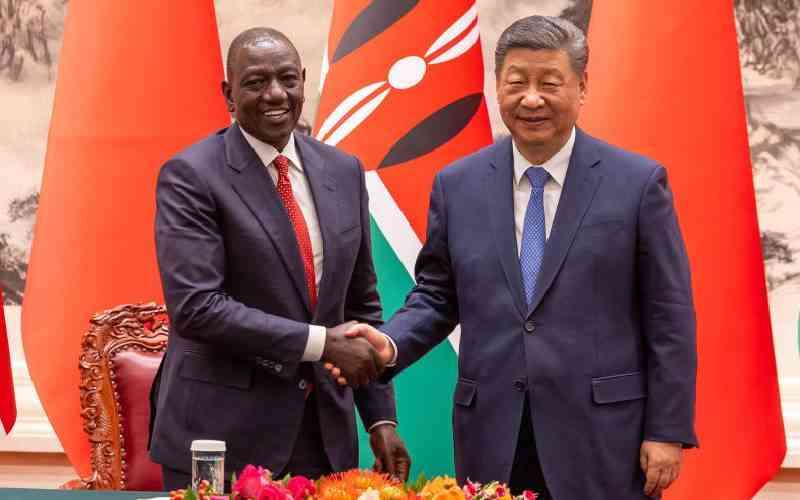×
The Standard e-Paper
Smart Minds Choose Us

The trickle-down economics approach entails creating economic policies that advocate for the reduction of taxes to big firms and the rich. [Courtesy]
The last few years have seen the trickle-down versus the trickle-up (bottom-up) economic approaches become a political buzzword as the country heads to the 2022 polls.







